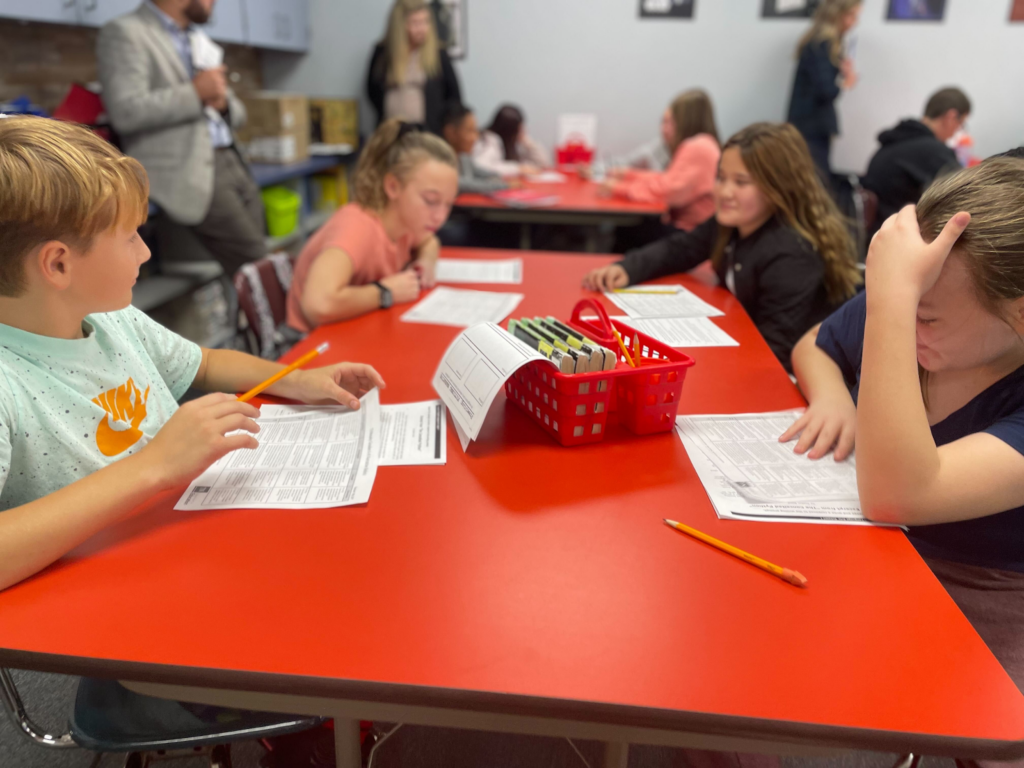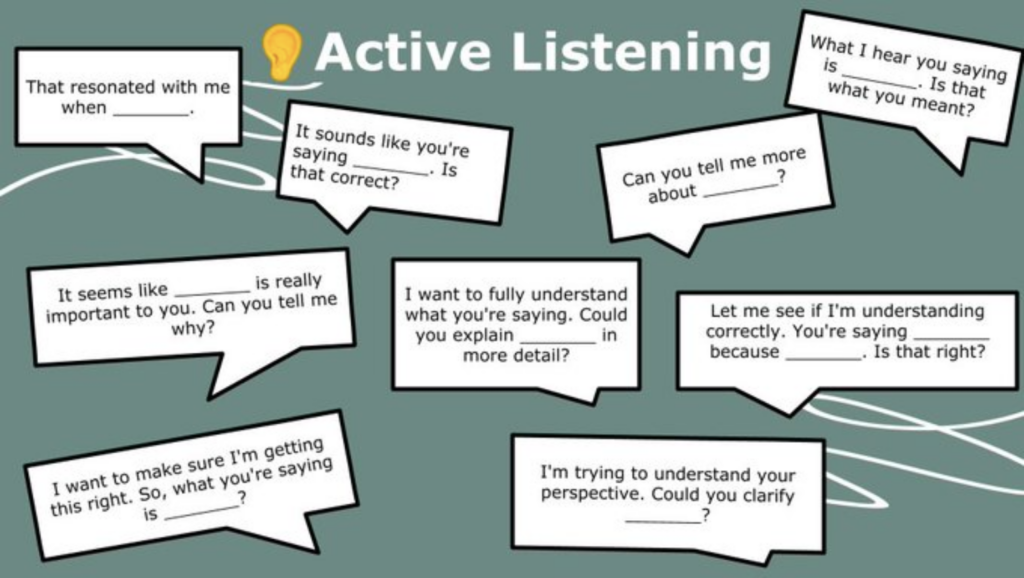Protocols for Reflection on Learning
Protocols for Reflection on Learning NOTE: This strategy is part of the self-paced Design Real-World Learning Experiences Course Reflection is a key practice for deeper learning and should happen throughout the learning experience to shift the focus from the product of learning to the process. Reflection protocols, which are sentence starters/stems or specific reflection…
Design a Flexible Learning Space
Design a Flexible Learning Space NOTE: This strategy is part of the self-paced Promote Anytime/Anywhere Learning Flexible learning environments are spaces that honor the fact that learning happens both in and outside of the traditional classroom. They also enable opportunities for collaboration and student agency when deciding where and how to learn. A flexible…
Take Learners into the Real World
Take Learners into the Real World NOTE: This strategy is part of the self-paced Promote Anytime/Anywhere Learning When we prioritize engaging learners in authentic learning experiences and tasks, the entire world becomes our oyster for learning, exploration and reflection! Learning outside the four walls of the classroom can be as simple as stepping outside…
Bring the Real World into the Classroom
Bring the Real World into the Classroom NOTE: This strategy is part of the self-paced Promote Anytime/Anywhere Learning Blurring the boundaries between the classroom and the real world doesn’t only mean physically bringing learners outside the classroom walls. Equally important is bringing the real world into the classroom by connecting students with content experts, community…
Connect Learners to Mentors
Connect Learners to Mentors NOTE: This strategy is part of the self-paced Promote Anytime/Anywhere Learning While your school might not yet have a formal internship or mentorship program, there are still many ways to ensure learners get connected with local community members and with work-based learning experiences to expose them to the ever evolving…
Support Learner Self-Assessment
Support Learner Self-Assessment NOTE: This strategy is part of the self-paced Use Assessment as a Tool for Learning Course Self-assessment is empowering learners to consider where they are in their own learning by intentionally creating transparency of the learning process, and creating a safe space to make mistakes. Self-assessment is often supported by a…
Project-Based Learning
Project-Based Learning NOTE: This strategy is part of the self-paced Design Real-World Learning Experiences Course Project-based learning is a way to engage learners in meaningful, authentic tasks that develop content-based knowledge and important skills for success in life including critical thinking, creativity, collaboration, and problem-solving skills. Project-based learning is different from doing a traditional…
Cooperative Learning Strategies
Leveraging Cooperative Learning Strategies NOTE: This strategy is part of the self-paced Spark Collaboration Course Cooperative learning strategies, often called Kagan strategies, are low-lift and low-risk ways for students to engage with each other while learning. They are structured ways to break up a direct instruction lesson and ask students to collaboratively process information.…
Help Learners Teach Each Other
Helping Learners Teach Each Other NOTE: This strategy is part of the self-paced Spark Collaboration Course Leverage cooperative learning strategies in which learners teach each other something. In these learning experiences, each learner has a unique piece of information that they share with a group. This helps teach collaboration skills, especially active listening and…
Lead Guided Discussions
Lead Guided Discussions NOTE: This strategy is part of the self-paced Spark Collaboration Course Guided discussions are group conversations that use a structured protocol and usually a variety of sentence stems to support learners with the conversation. These build collaboration skills that can be used in larger group projects. Bright Spots Gain inspiration from…
Strategically Group Learners
Strategically Group Learners for Collaborative Learning Experiences NOTE: This strategy is part of the self-paced Spark Collaboration Course When assigning group work you can assign groups to learners or allow them to choose their own groups. Research has shown motivation is higher when students select their own groups, and many students prefer this method.…
Create Group Roles
Create Group Roles NOTE: This strategy is part of the self-paced Spark Collaboration Course When learners are working in groups, they need to have clear roles and expectations that support the group’s success. In smaller collaborative learning experiences such as a group discussion, those roles may include timekeeper, scribe, reporter, facilitator, etc. In more…
Group working norms with learners
Create group working norms with learners NOTE: This strategy is part of the self-paced Spark Collaboration Course Creating group norms as the outset of any collaborative learning experience supports learners to work well together and provides the teacher with an anchor for providing feedback to learners on their collaboration. These norms should be co-created…
Make Group Progress Visible
Make Group Progress Visible NOTE: This strategy is part of the self-paced Spark Collaboration Course Create a way to display group progress during collaborative work blocks to keep track of progress as a class. A few ways that you might do this include: Create a physical or digital timeline and plot student groups using…













